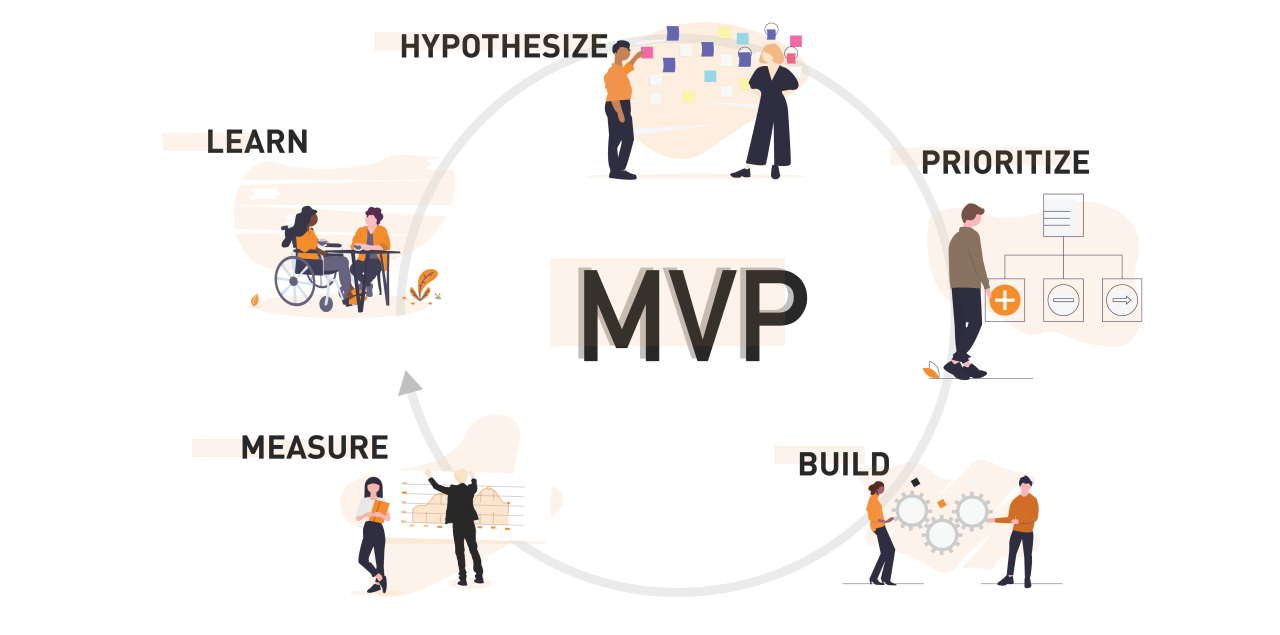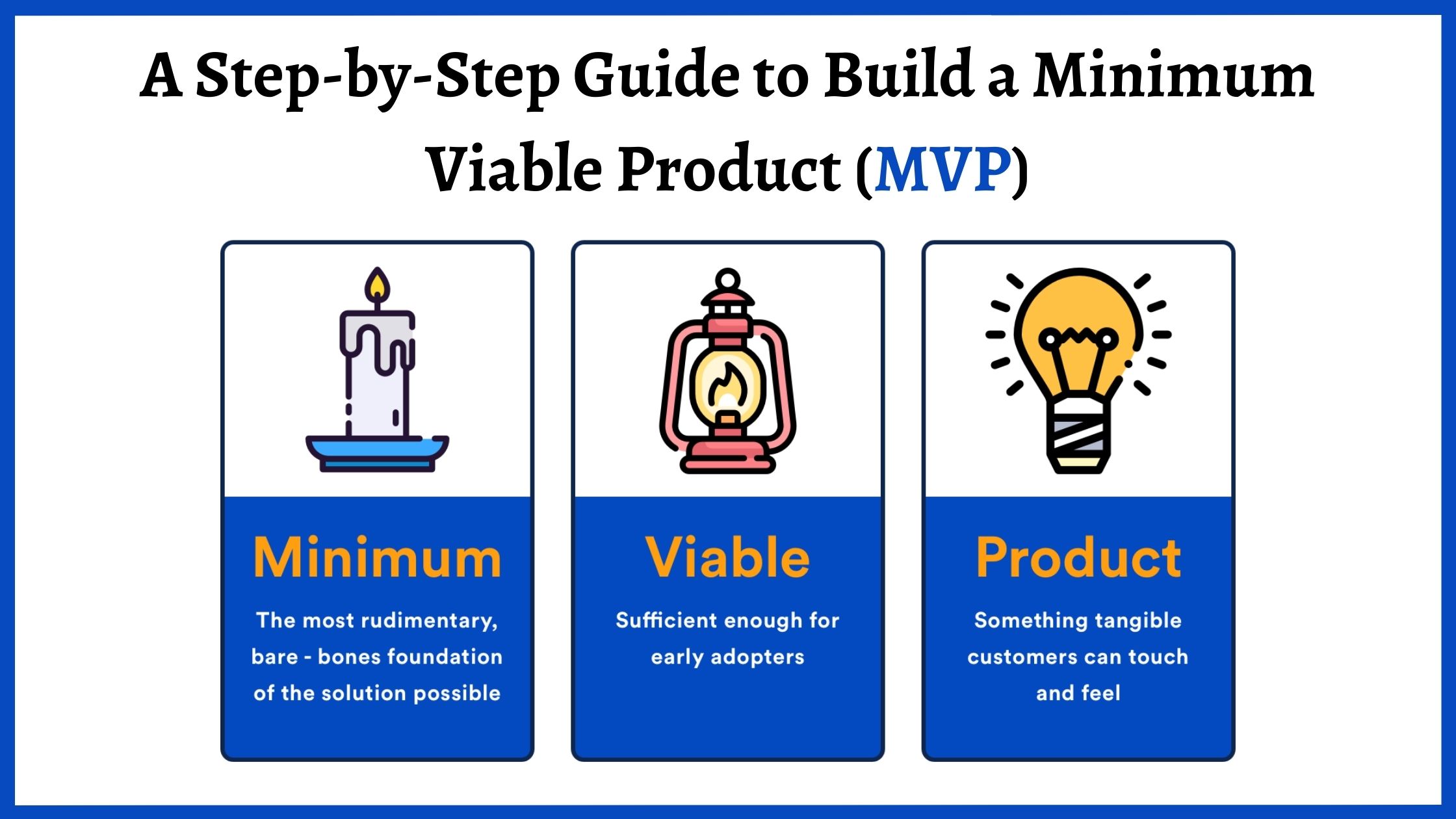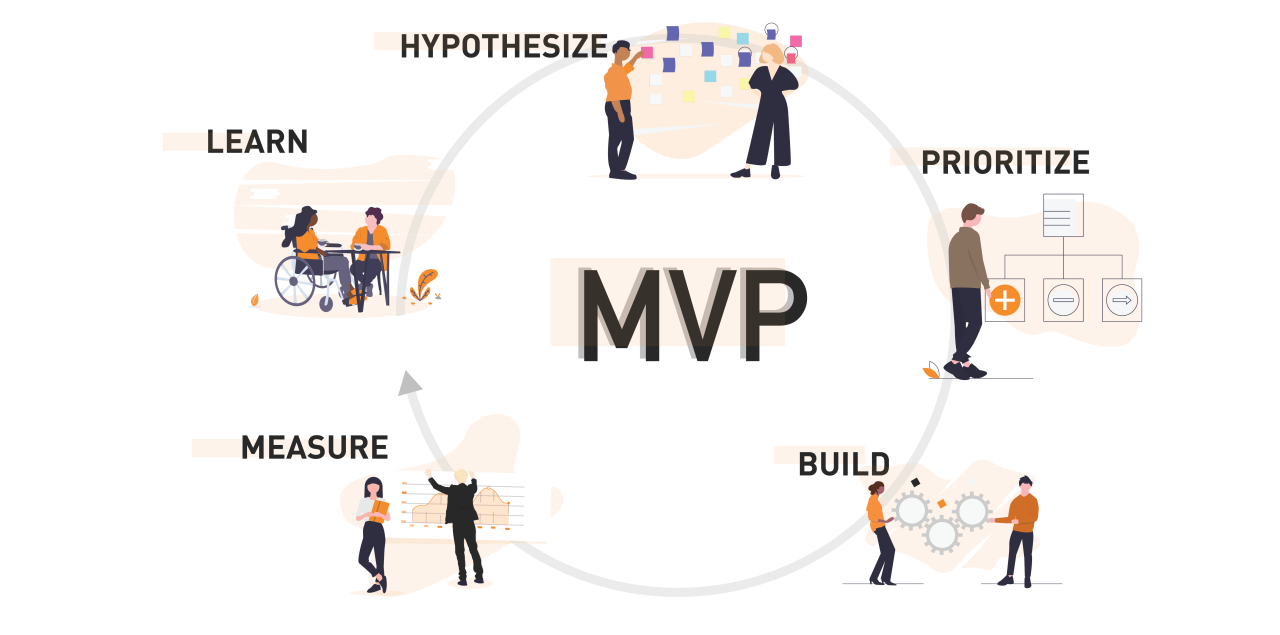Why Most MVPs Fail Market Validation (And How to Fix It)
A data-driven approach to building market-validated MVPs that solve real customer problems, with practical strategies for avoiding common pitfalls.

You've probably heard the statistic - 90% of startups fail. But what's even more striking? According to Y Combinator, 70% of those failures happen because they built something nobody wanted. Let's fix that.
The Real Purpose of an MVP
Think of an MVP like a scientific experiment. Each feature is a hypothesis waiting to be tested. But what makes a good hypothesis? It's not just about what you can build - it's about what the market actually needs.
The Market-First Development Approach
Before writing code or designing interfaces, you need to become a market detective. This isn't just about surveys or interviews - it's about understanding the ecosystem where your product will live.
Market Intelligence Framework
Understanding your market involves three key dimensions:
- Current solutions analysis
- User behavior patterns
- Market evolution trends
Customer Development Process
Getting inside your customers' heads isn't optional - it's the foundation of everything that follows.
Interview Techniques That Actually Work
Bad interviews give you the answers you want to hear. Good interviews reveal uncomfortable truths. Let's look at effective techniques:
- Ask about past behavior, not future intentions
- Focus on problems, not solutions
- Look for patterns in workarounds
The Financial Model First Approach
Money talks. Before building anything, understand the numbers that will make your MVP viable.
Cost Structure Analysis
Consider this breakdown:
| Cost Category | Initial MVP | 6-Month Projection |
|---|---|---|
| Development | $30,000 | $60,000 |
| Marketing | $10,000 | $25,000 |
| Operations | $5,000 | $15,000 |
| Total | $45,000 | $100,000 |
Feature Prioritization Framework
Not all features are created equal. Some drive value, others just add complexity.
The Impact vs. Effort Matrix
const featureAnalysis = {
highImpactLowEffort: ['Must implement first'],
highImpactHighEffort: ['Carefully consider'],
lowImpactLowEffort: ['Nice to have'],
lowImpactHighEffort: ['Avoid']
};
Technical Architecture for Rapid Testing
Your architecture needs to support quick pivots and rapid testing.
Modular Design Principles
Build your MVP like Lego blocks - each piece should be independent but interconnected.
Data Collection Infrastructure
Data drives decisions. Set up your infrastructure to collect the right data from day one.
Analytics Implementation Strategy
What to track and why:
- User journey metrics
- Feature usage patterns
- Performance indicators
- Error tracking
User Experience Monitoring
Understanding how users interact with your MVP is crucial for iteration.
Behavioral Analytics Setup
Track these key behaviors:
- Entry points
- Drop-off points
- Feature adoption rates
- User flow patterns
Market Feedback Integration Systems
Collecting feedback is one thing - using it effectively is another.
Feedback Processing Framework
Create a systematic approach to handling feedback:
- Collection methods
- Analysis protocols
- Implementation criteria
Risk Management Strategies
Every MVP faces risks. Smart founders plan for them.
Common Risk Factors
Identify and plan for these typical risks:
- Market timing issues
- Technical limitations
- Resource constraints
- Competition moves
Competitive Analysis Methods
Know your competition, but don't let them drive your decisions.
Market Position Mapping
Understanding where you fit in the market landscape:
- Direct competitors
- Indirect alternatives
- Market gaps
Launch Strategy Development
A great MVP with a poor launch is still a failure.
Launch Timing Considerations
Factors to consider for launch timing:
- Market readiness
- Product stability
- Resource availability
- Competition activity
Growth Measurement Systems
Track growth systematically to understand what's working.
Key Growth Metrics
Monitor these indicators:
- User acquisition cost
- Retention rates
- Feature adoption
- Revenue metrics
Frequently Asked Questions
Q: What's the minimum time needed for market validation? A: Plan for 4-6 weeks of dedicated market research and validation before starting development.
Q: How much should market validation cost? A: Budget 10-15% of your total MVP development cost for proper market validation.
Q: When should I pivot based on market feedback? A: Consider pivoting if less than 40% of interviewed users express strong interest in your solution.
Q: How many customers should I interview? A: Aim for 20-30 in-depth interviews with your target market segment.
Q: What's the best way to validate pricing? A: Use the Van Westendorp Price Sensitivity Meter with at least 50 potential customers.
Q: Should I focus on features or market fit first? A: Always prioritize market fit - features can be adjusted based on validated market needs.
Conclusion
Building an MVP isn't about the product - it's about market validation. Start with understanding your market, validate your assumptions, and build only what's necessary to test your core hypotheses.
Recommended Services
- MVPAgency - Market validation and MVP development
- Mixpanel - User behavior analytics
- UserTesting - Market validation platform




